Rare 500cc model • Previously restored • Believed 2.6 miles since restoration Excelsior's first Isle of Man TT victory came in 1929, Syd Crabtree winning the Lightweight event, and the firm lost no time in marketing a TT Replica model. Like Crabtree's works racer, the TT Rep used a proprietary JAP engine, as did many of Excelsior's rivals. Reasoning that further racing successes might become increasingly difficult without exclusive access to its own engines, Excelsior commissioned Blackburne to produce a suitable design. The result was the 'Mechanical Marvel', so called because of the astonishing complexity of its valve gear. In the 1933 Isle of Man TT 250 Lightweight race, Excelsior works rider Walter Handley romped away from the field only to be forced to retire, letting team mate Syd Gleave on another 'Mechanical Marvel' through to win. Although it had proved fast enough to win the 1933 Lightweight TT in Syd Gleave's hands, Excelsior's complex twin-cam, radial four-valve Mechanical Marvel proved something of a disappointment thereafter, and at the end of the 1934 season the Tyseley firm opted for a simpler design: the Manxman. Like the Marvel's, the Manxman engine was built by Blackburne, though increasing friction with its engine supplier forced Excelsior to take over production themselves early in 1936. A single-overhead-camshaft, two-valve design, the Manxman was built in 250, 350, and 500cc capacities. Road and race versions were offered, though the '500' was only ever marketed as a sports roadster. Although it never won a TT, the Manxman enjoyed considerable success in international racing and the Manx Grand Prix, Denis Parkinson winning the Lightweight race three times on the trot between 1936 and 1938. Notable Manxman developments included the switch to a shorter-stroke 250cc engine in 1937 and the adoption (also applied to the '350') of an aluminium-alloy cylinder head with right-hand exhaust port. Previously restored, this rare '500' Manxman comes with an old-style buff continuation logbook (issued 1953) recording one Peter Richard Payze of Keynsham, Bristol as owner from 27th November 1938. Copies of other old registration documents are on file together with the current V5C. It should be noted that the engine number is incorrectly recorded as 'GTA143' in the latter. The two history folders also contain assorted correspondence; various photographs; a substantial quantity of Manxman-related literature; and an invoice from C L East Restorations dated February 2006 relating to the machine's restoration. The current vendor acquired the Manxman in August 2014. It is believed that the odometer reading of 2.6 miles is the distance covered since restoration.
Rare 500cc model • Previously restored • Believed 2.6 miles since restoration Excelsior's first Isle of Man TT victory came in 1929, Syd Crabtree winning the Lightweight event, and the firm lost no time in marketing a TT Replica model. Like Crabtree's works racer, the TT Rep used a proprietary JAP engine, as did many of Excelsior's rivals. Reasoning that further racing successes might become increasingly difficult without exclusive access to its own engines, Excelsior commissioned Blackburne to produce a suitable design. The result was the 'Mechanical Marvel', so called because of the astonishing complexity of its valve gear. In the 1933 Isle of Man TT 250 Lightweight race, Excelsior works rider Walter Handley romped away from the field only to be forced to retire, letting team mate Syd Gleave on another 'Mechanical Marvel' through to win. Although it had proved fast enough to win the 1933 Lightweight TT in Syd Gleave's hands, Excelsior's complex twin-cam, radial four-valve Mechanical Marvel proved something of a disappointment thereafter, and at the end of the 1934 season the Tyseley firm opted for a simpler design: the Manxman. Like the Marvel's, the Manxman engine was built by Blackburne, though increasing friction with its engine supplier forced Excelsior to take over production themselves early in 1936. A single-overhead-camshaft, two-valve design, the Manxman was built in 250, 350, and 500cc capacities. Road and race versions were offered, though the '500' was only ever marketed as a sports roadster. Although it never won a TT, the Manxman enjoyed considerable success in international racing and the Manx Grand Prix, Denis Parkinson winning the Lightweight race three times on the trot between 1936 and 1938. Notable Manxman developments included the switch to a shorter-stroke 250cc engine in 1937 and the adoption (also applied to the '350') of an aluminium-alloy cylinder head with right-hand exhaust port. Previously restored, this rare '500' Manxman comes with an old-style buff continuation logbook (issued 1953) recording one Peter Richard Payze of Keynsham, Bristol as owner from 27th November 1938. Copies of other old registration documents are on file together with the current V5C. It should be noted that the engine number is incorrectly recorded as 'GTA143' in the latter. The two history folders also contain assorted correspondence; various photographs; a substantial quantity of Manxman-related literature; and an invoice from C L East Restorations dated February 2006 relating to the machine's restoration. The current vendor acquired the Manxman in August 2014. It is believed that the odometer reading of 2.6 miles is the distance covered since restoration.
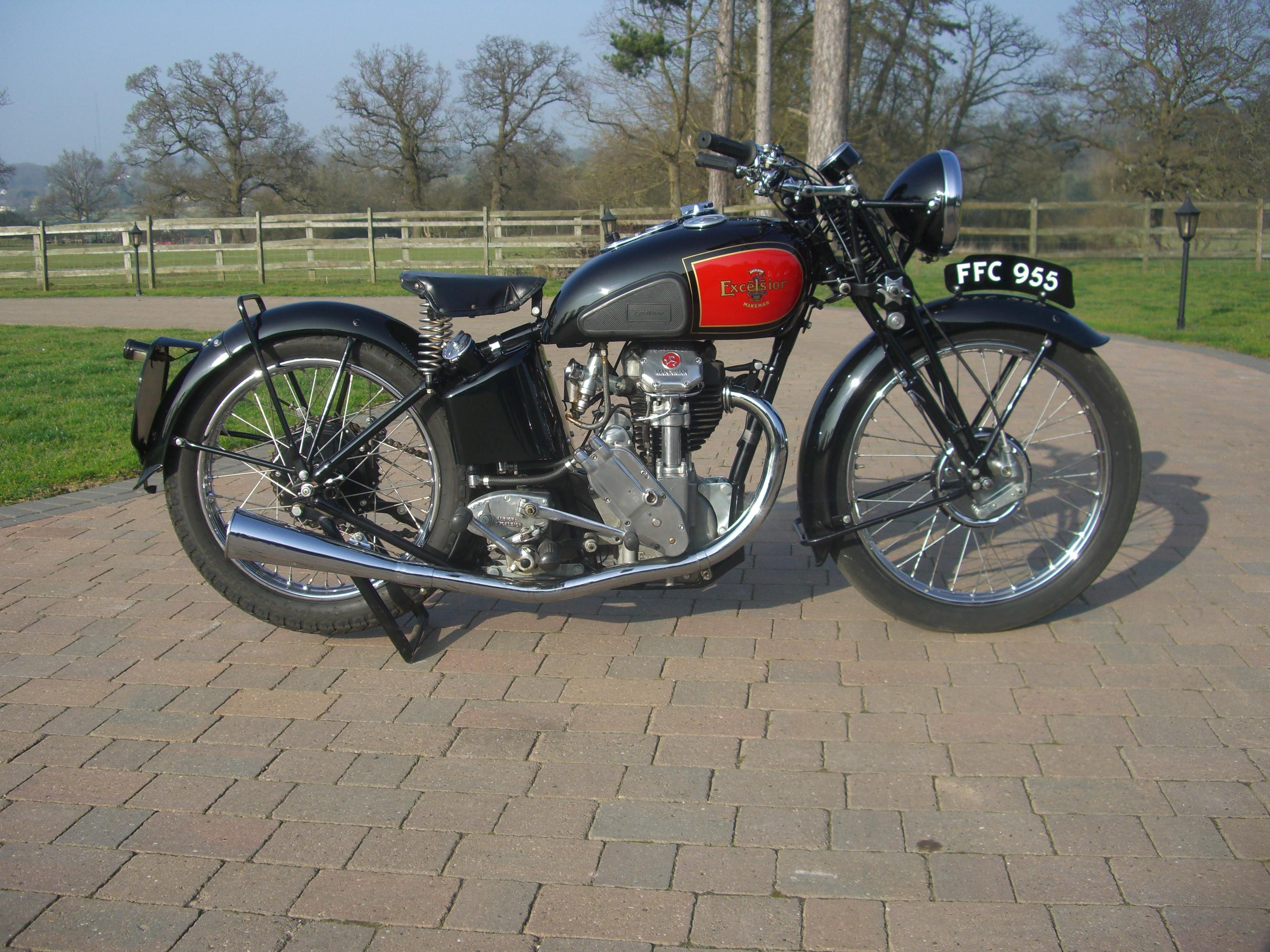
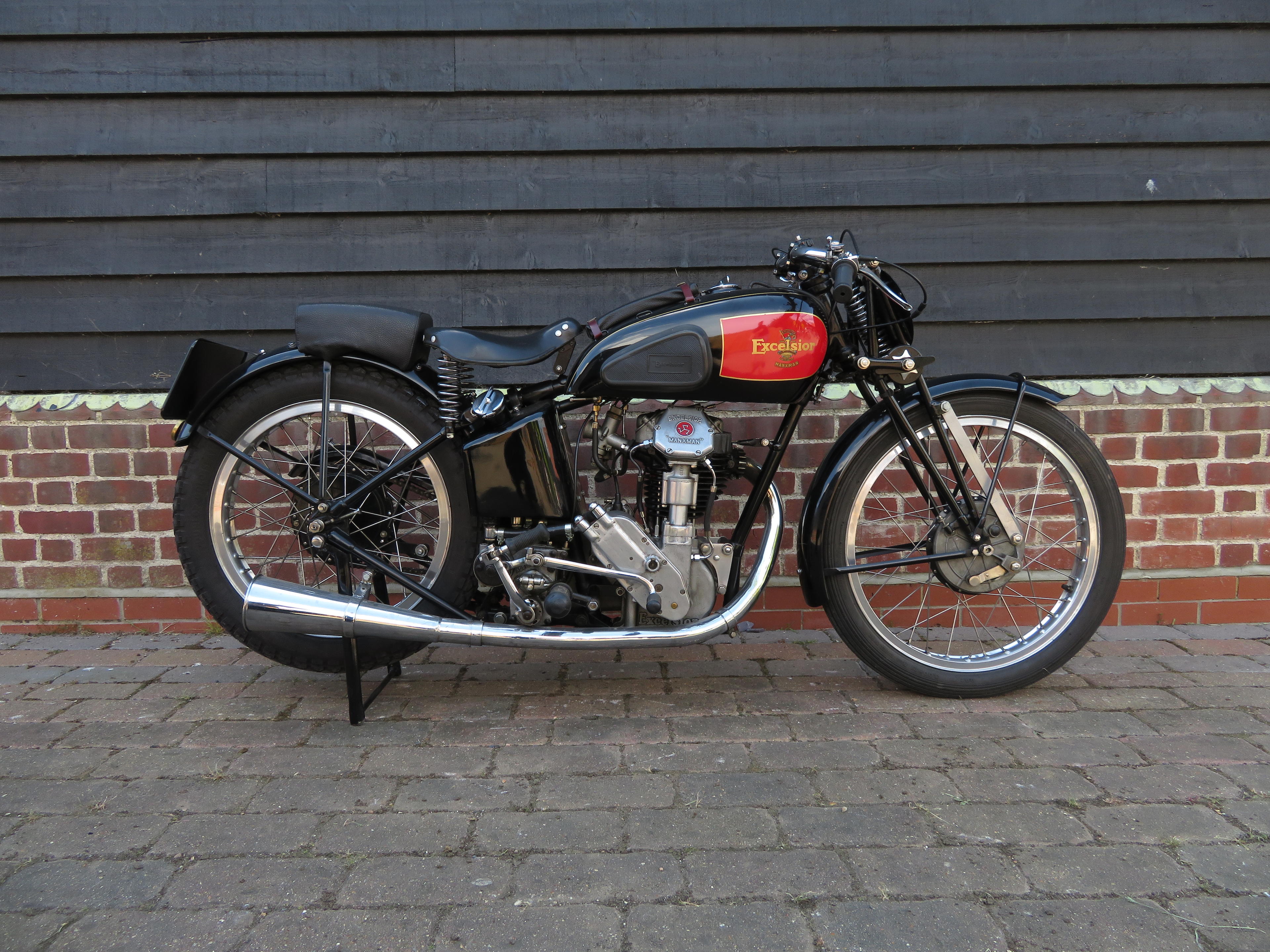
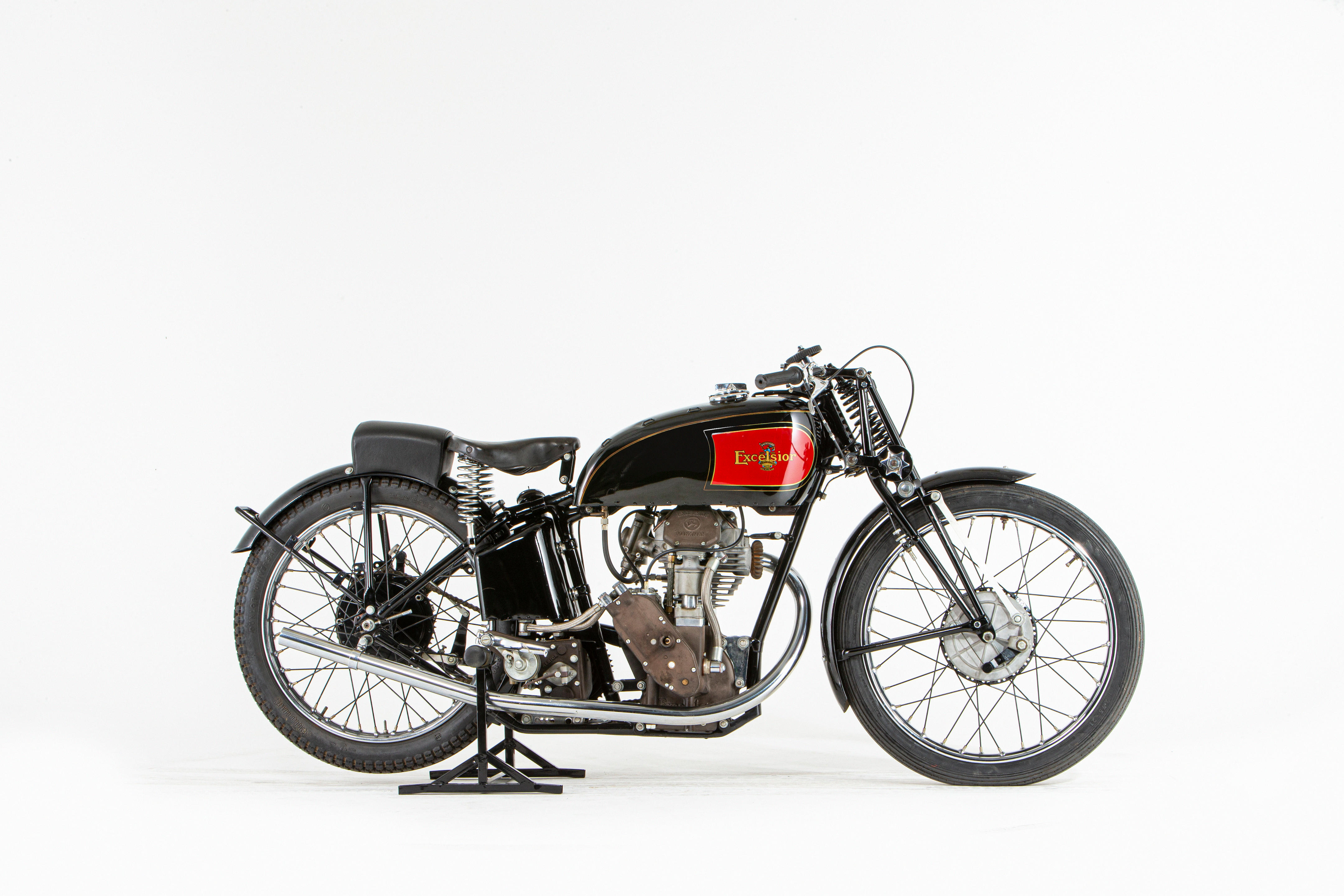
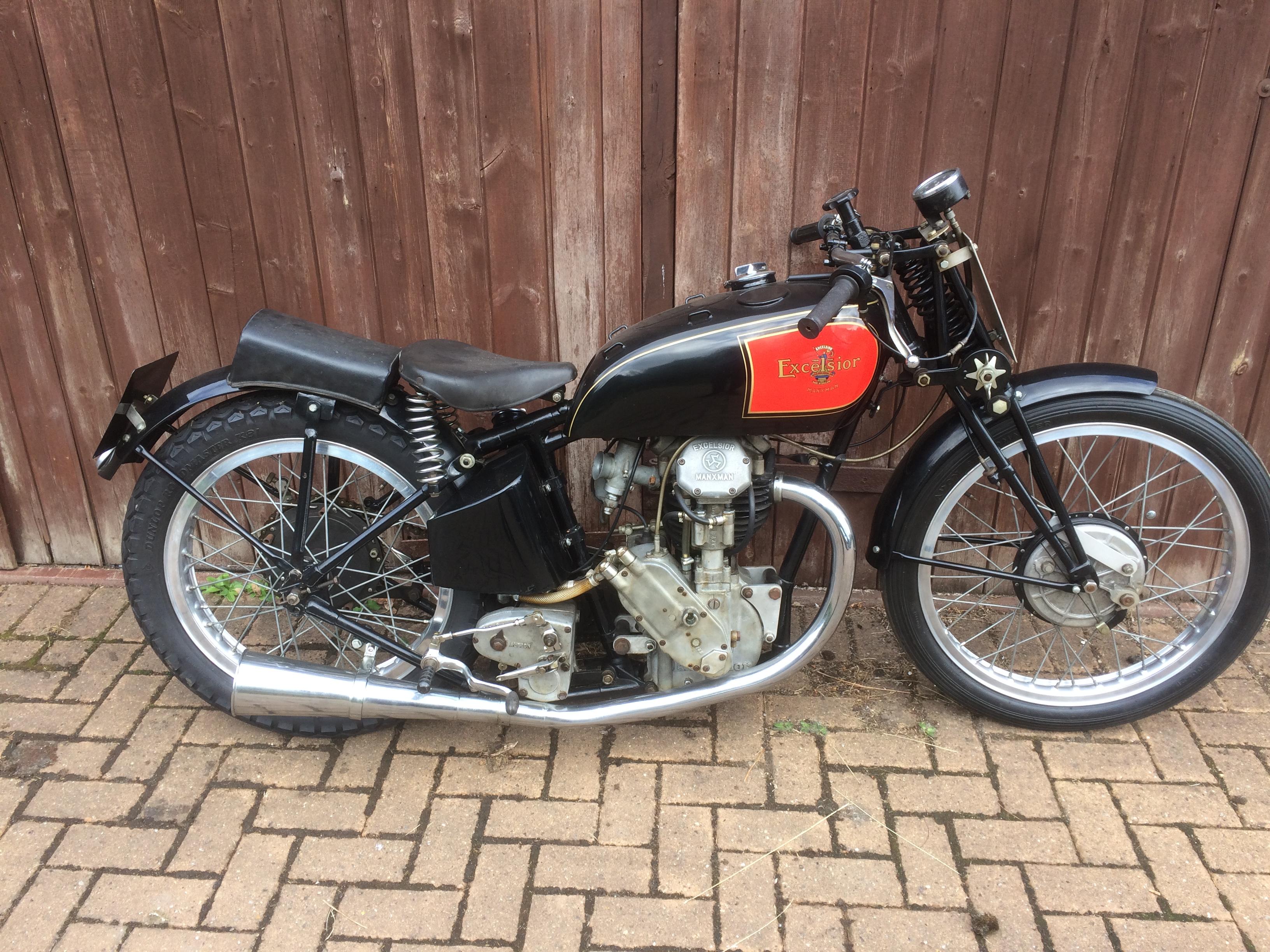
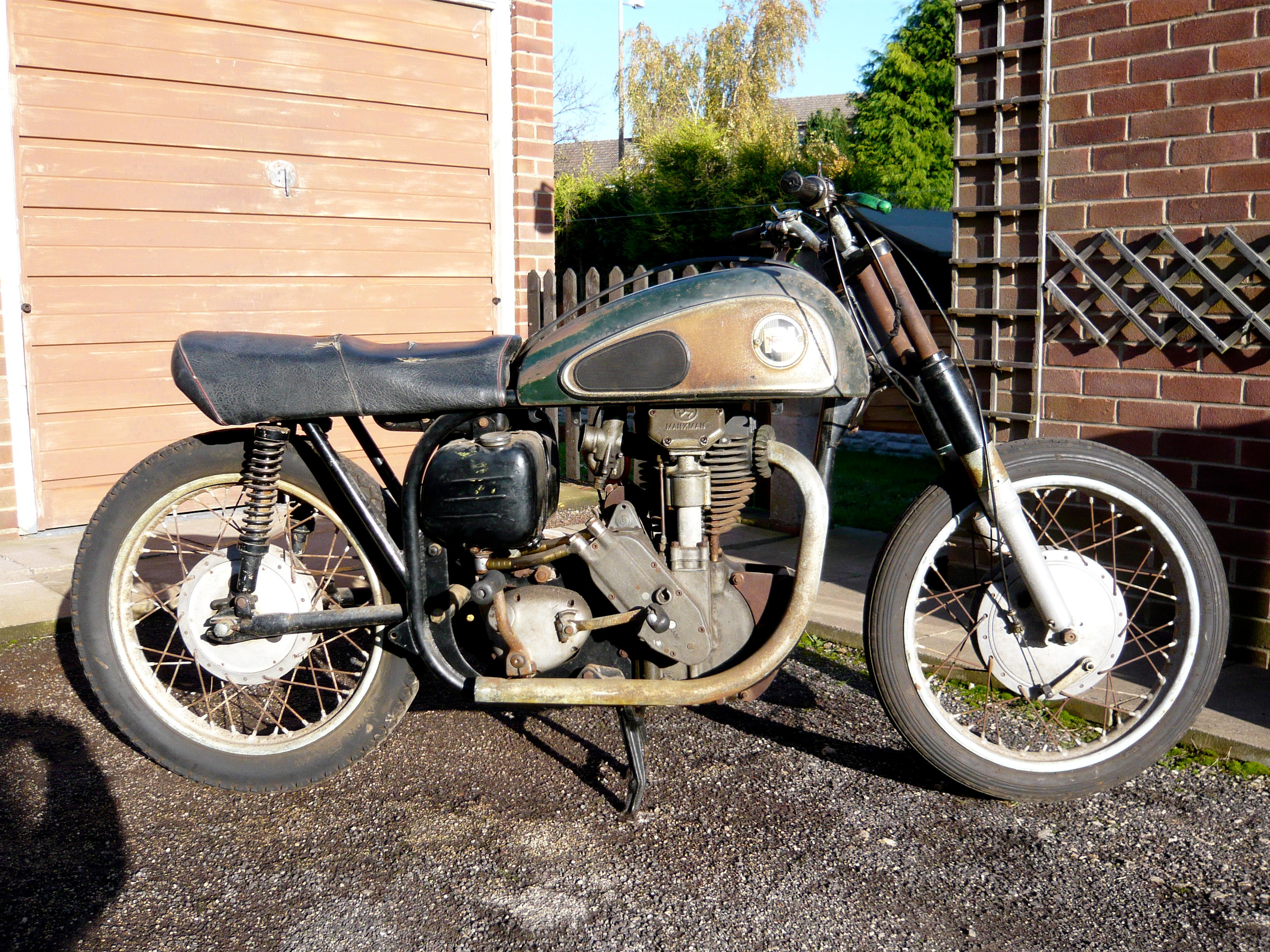
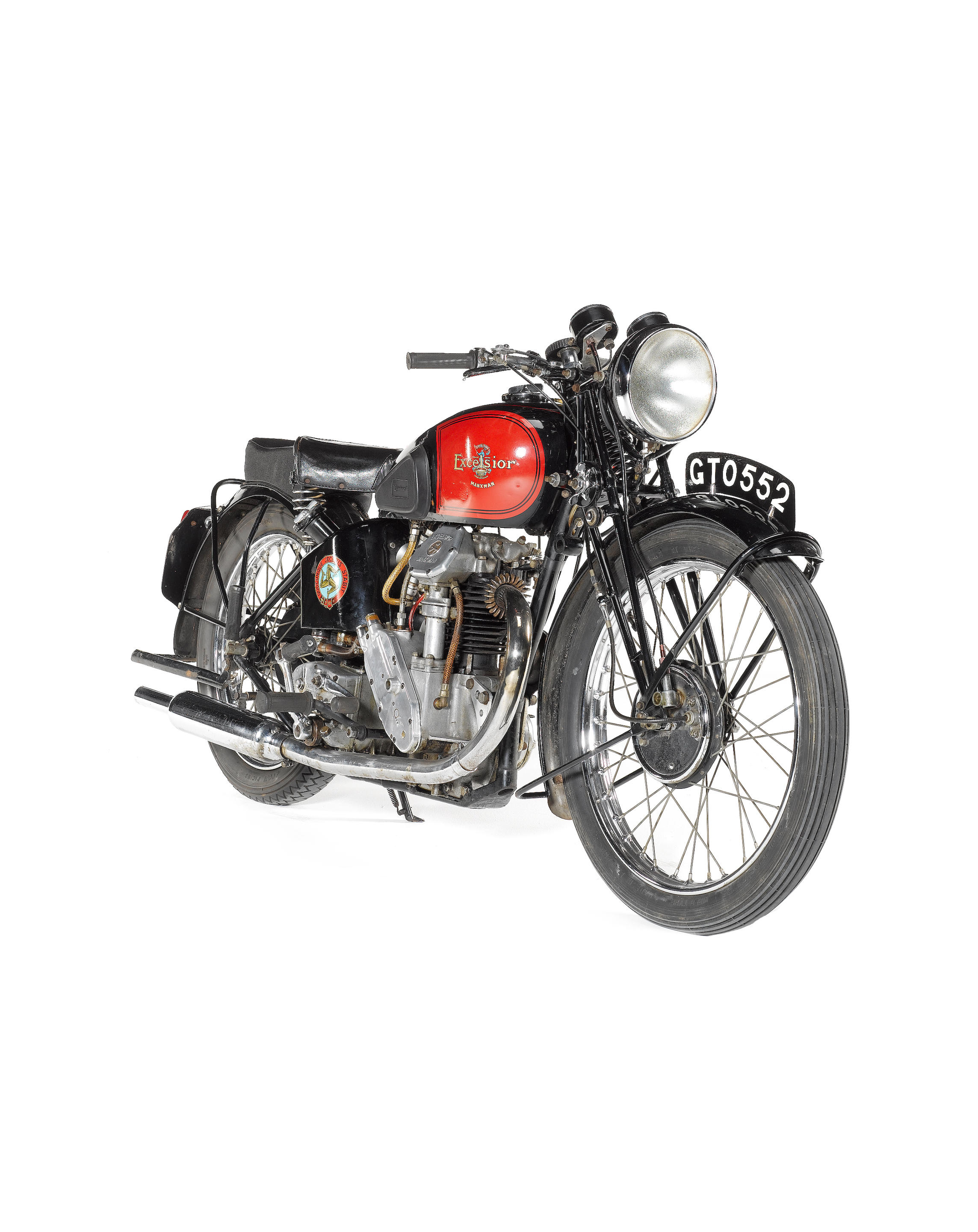
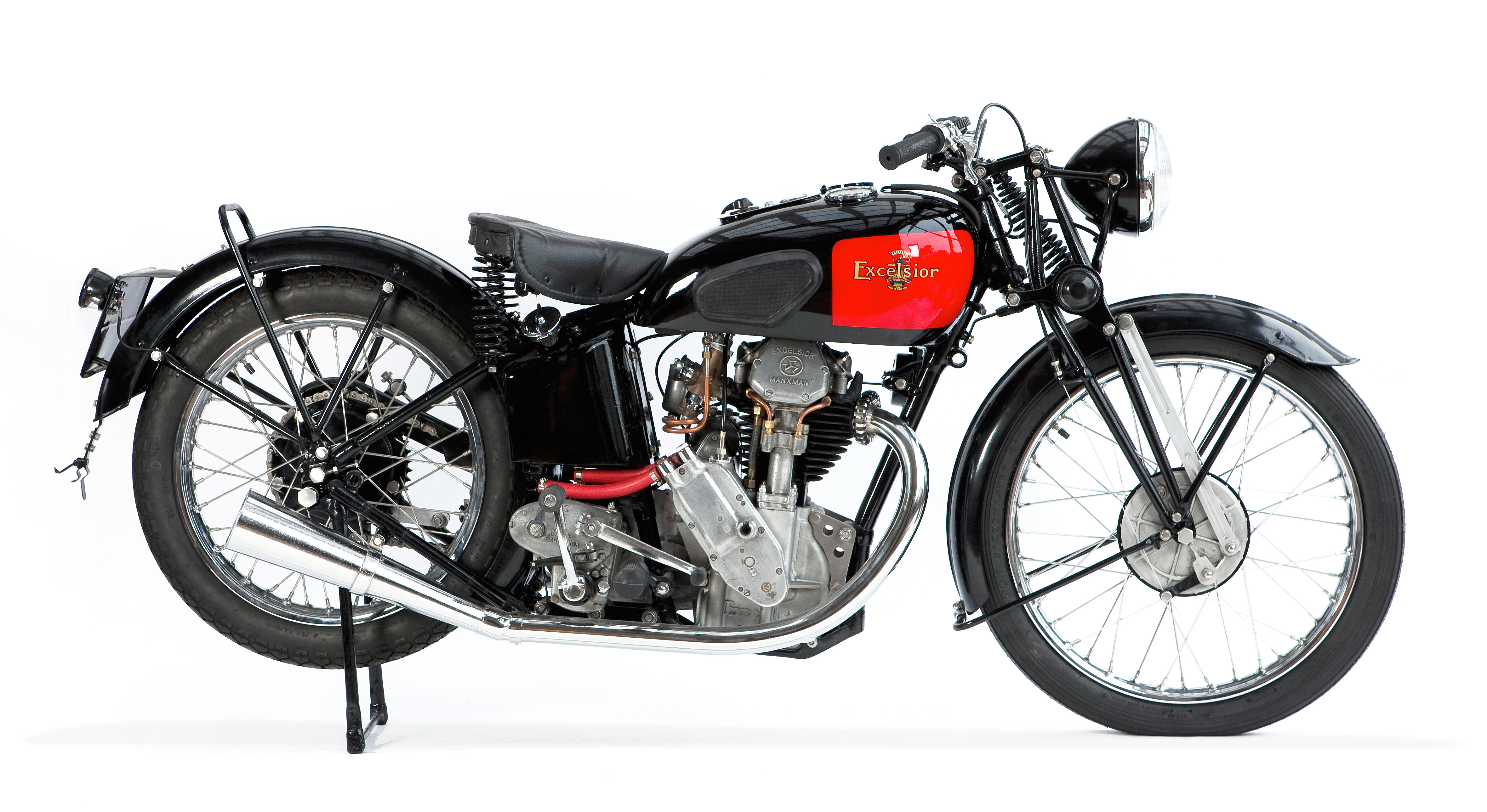
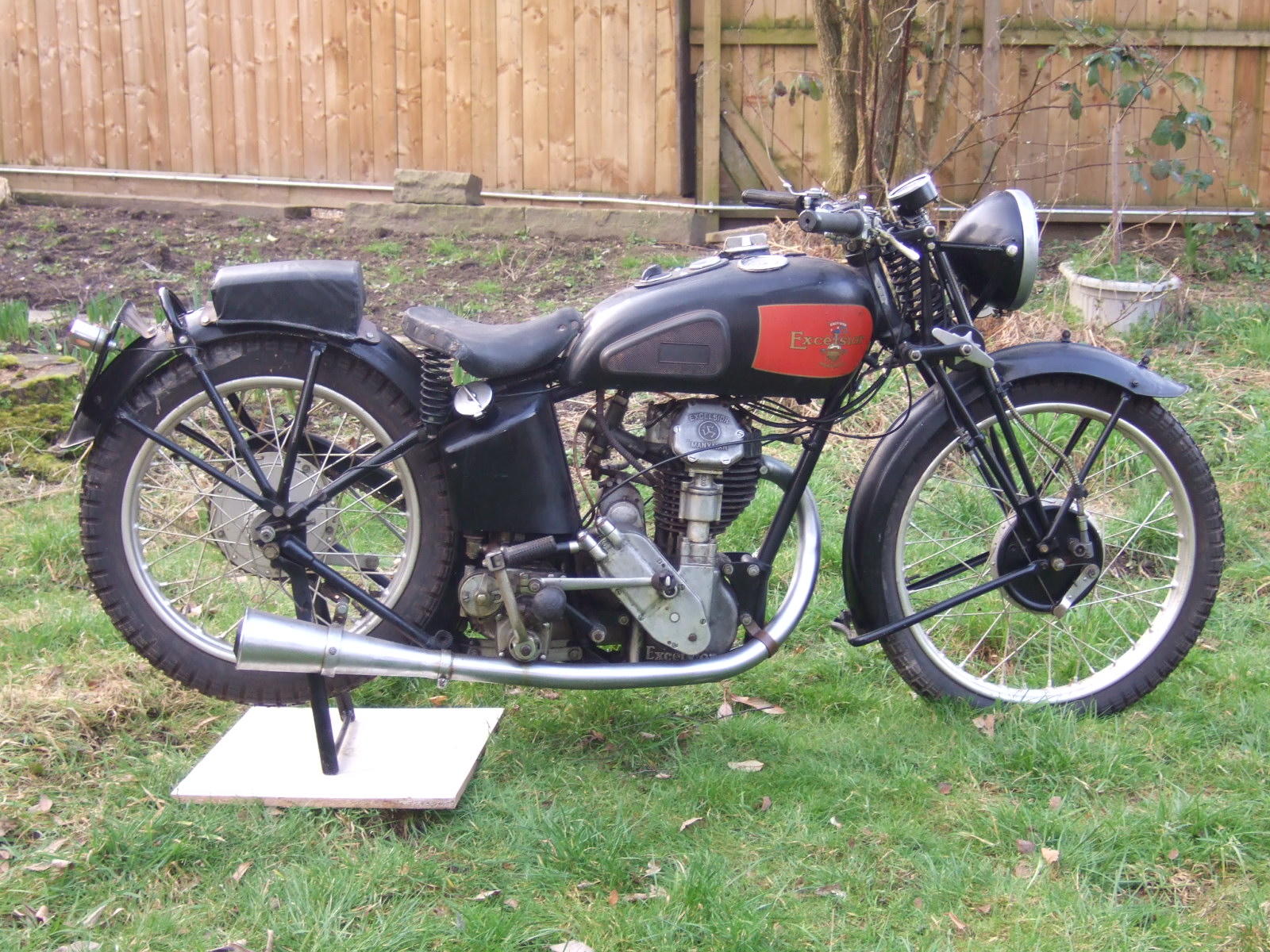
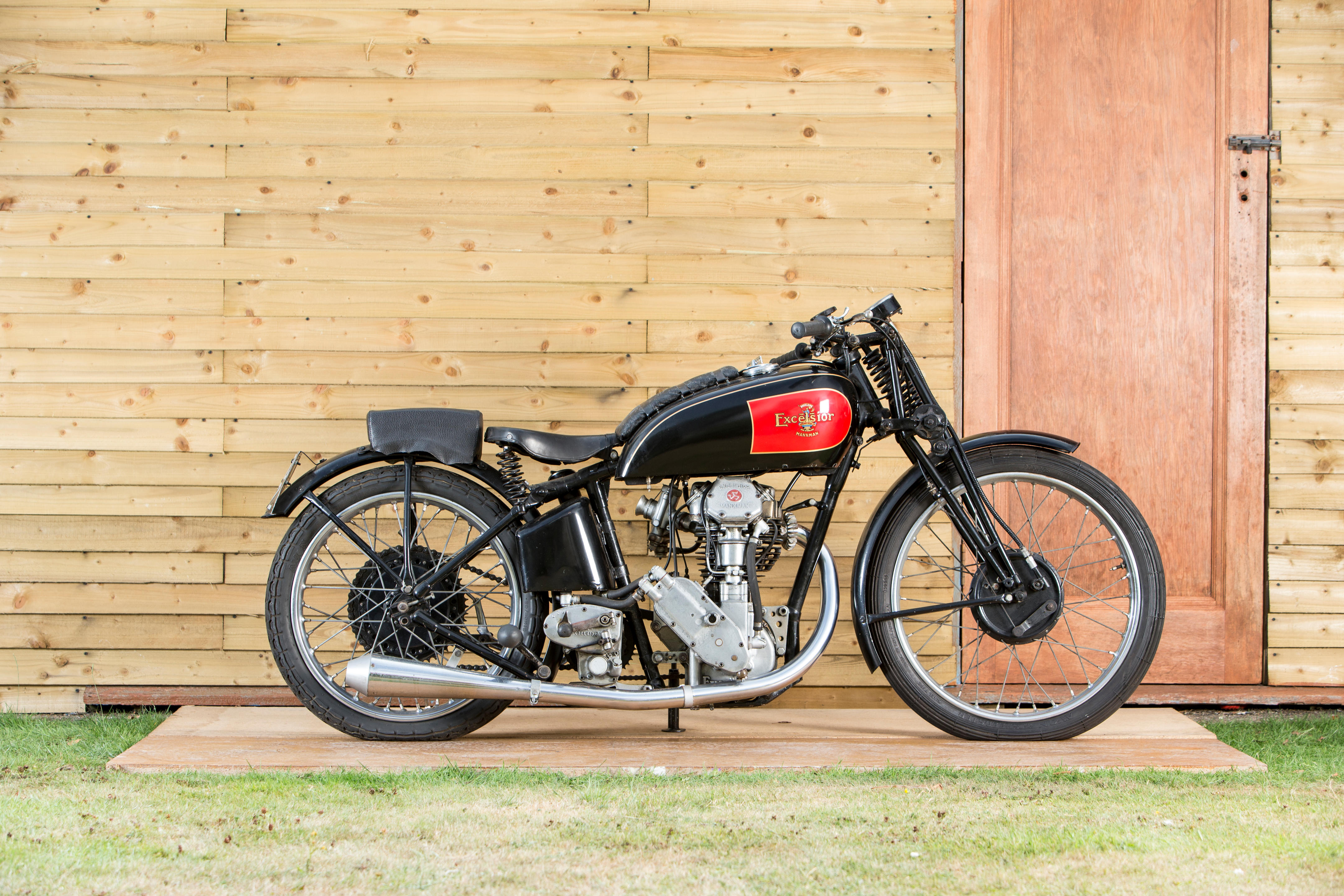
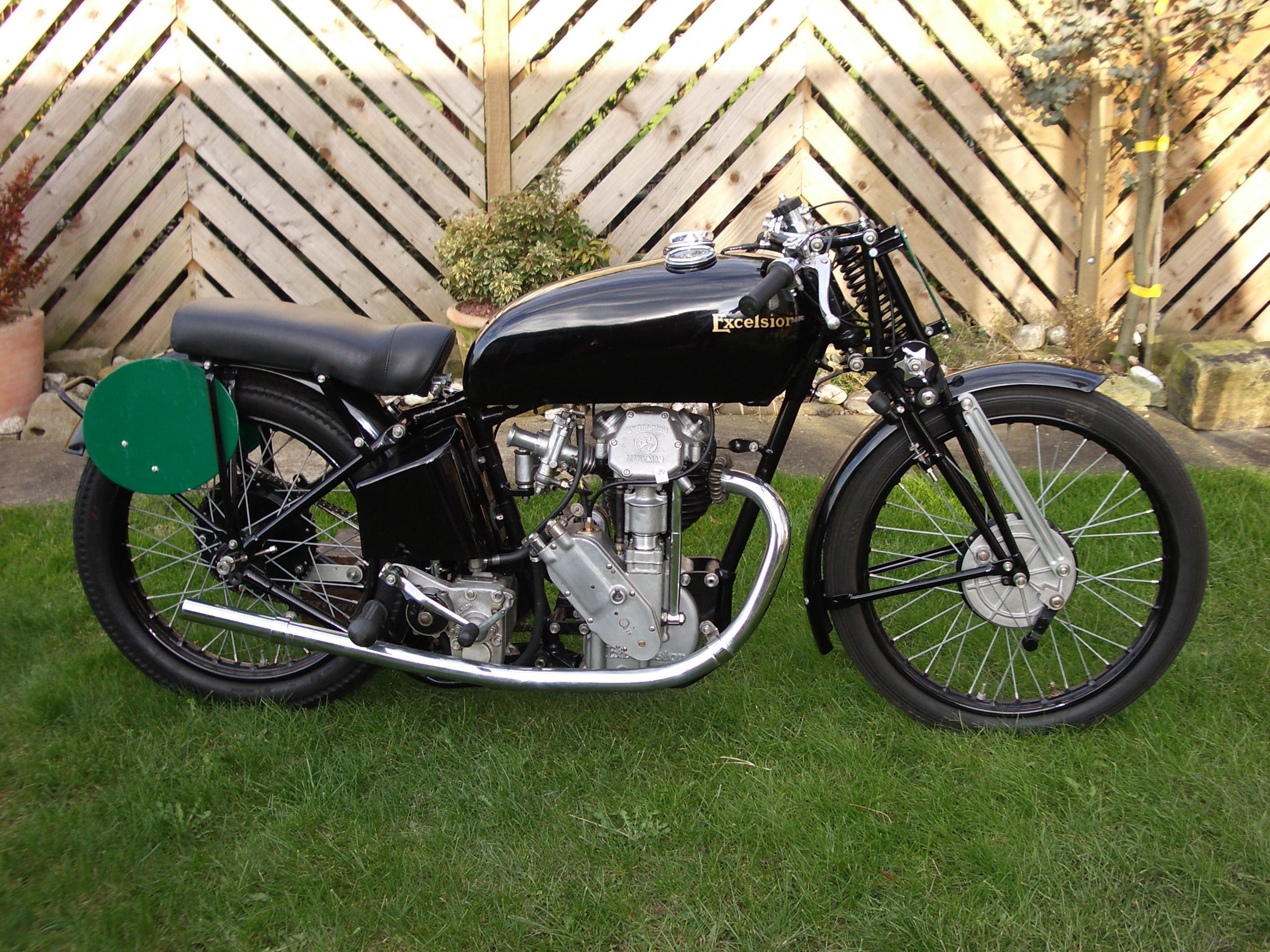
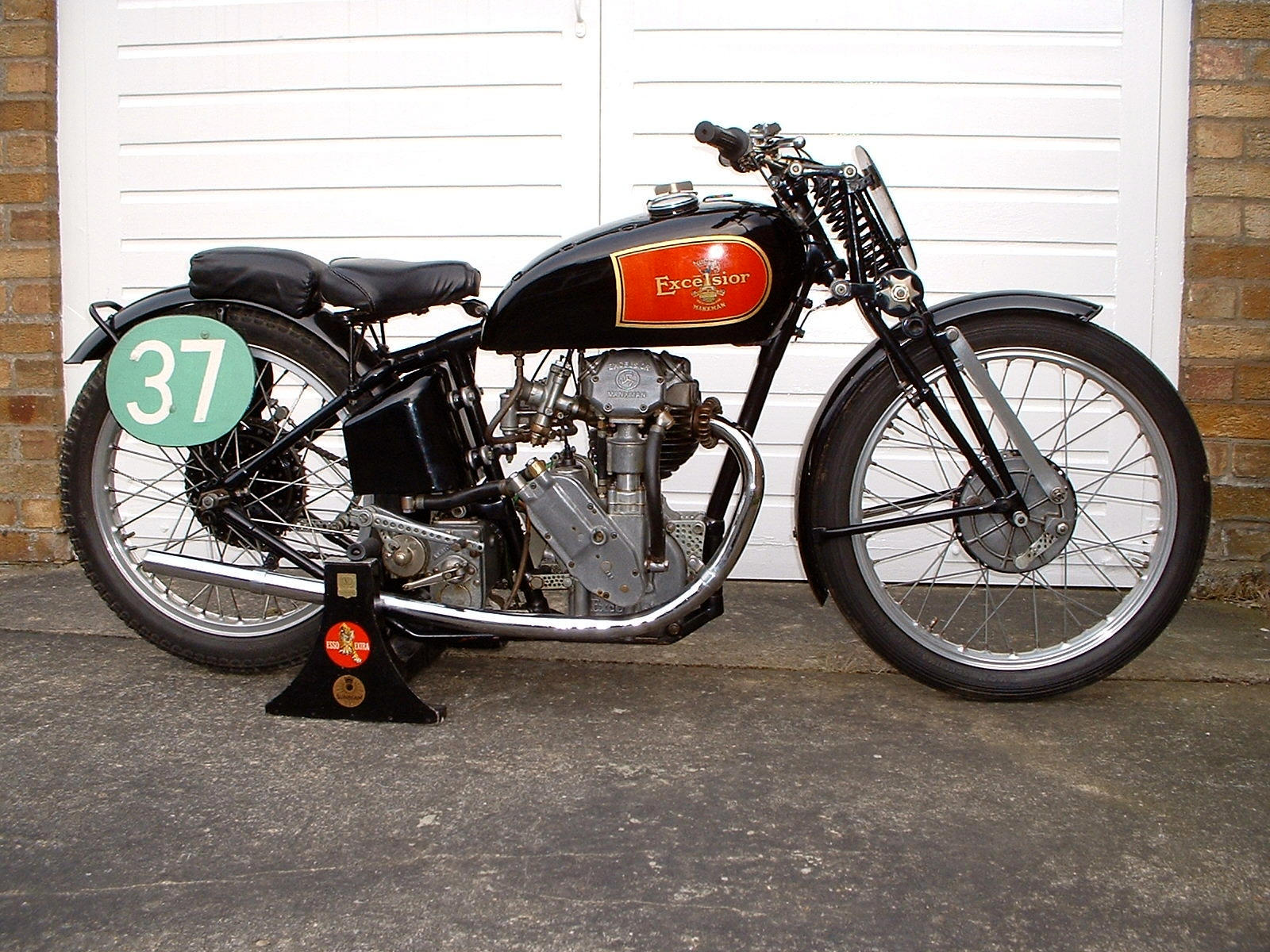
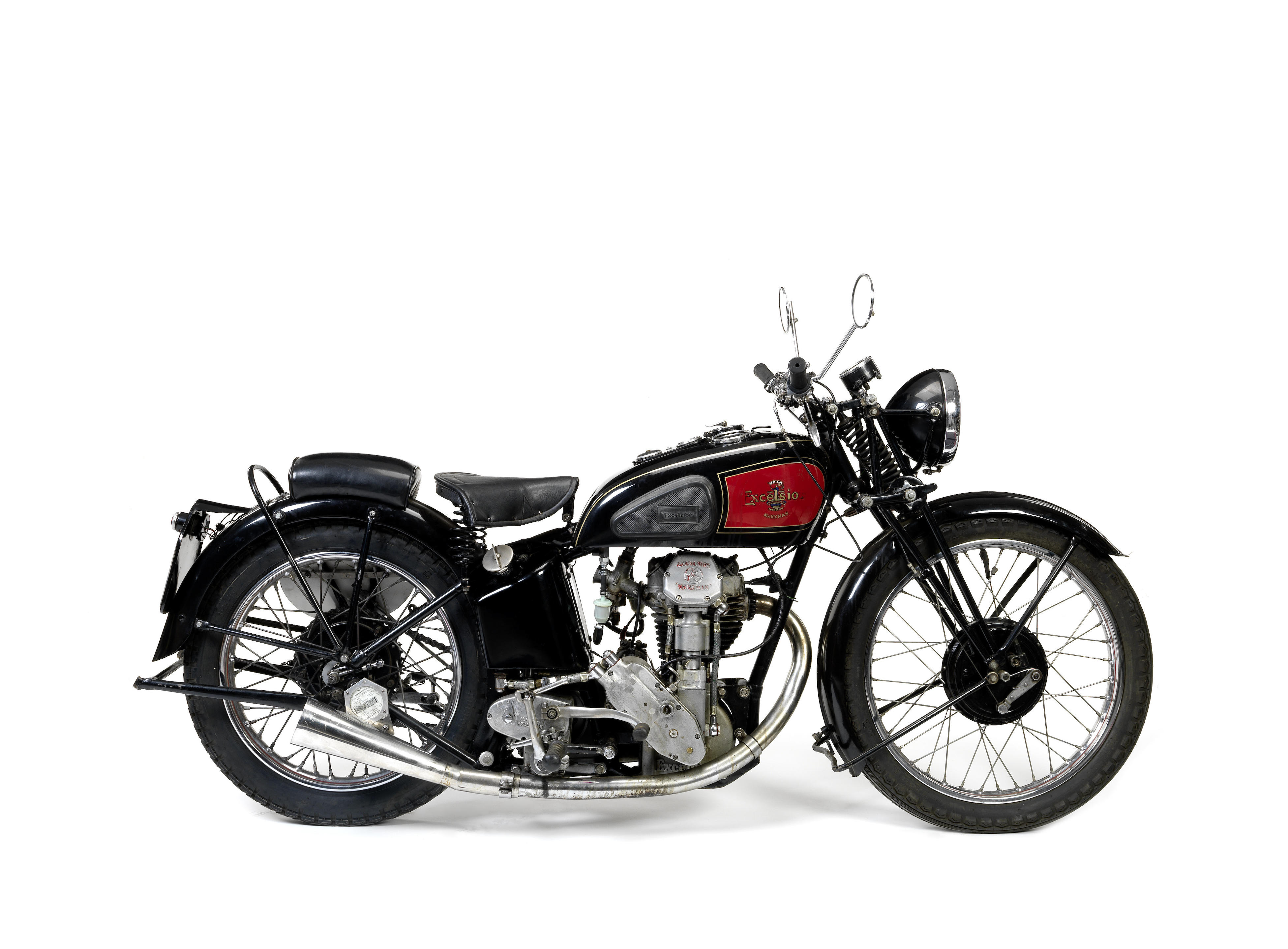
Testen Sie LotSearch und seine Premium-Features 7 Tage - ohne Kosten!
Lassen Sie sich automatisch über neue Objekte in kommenden Auktionen benachrichtigen.
Suchauftrag anlegen